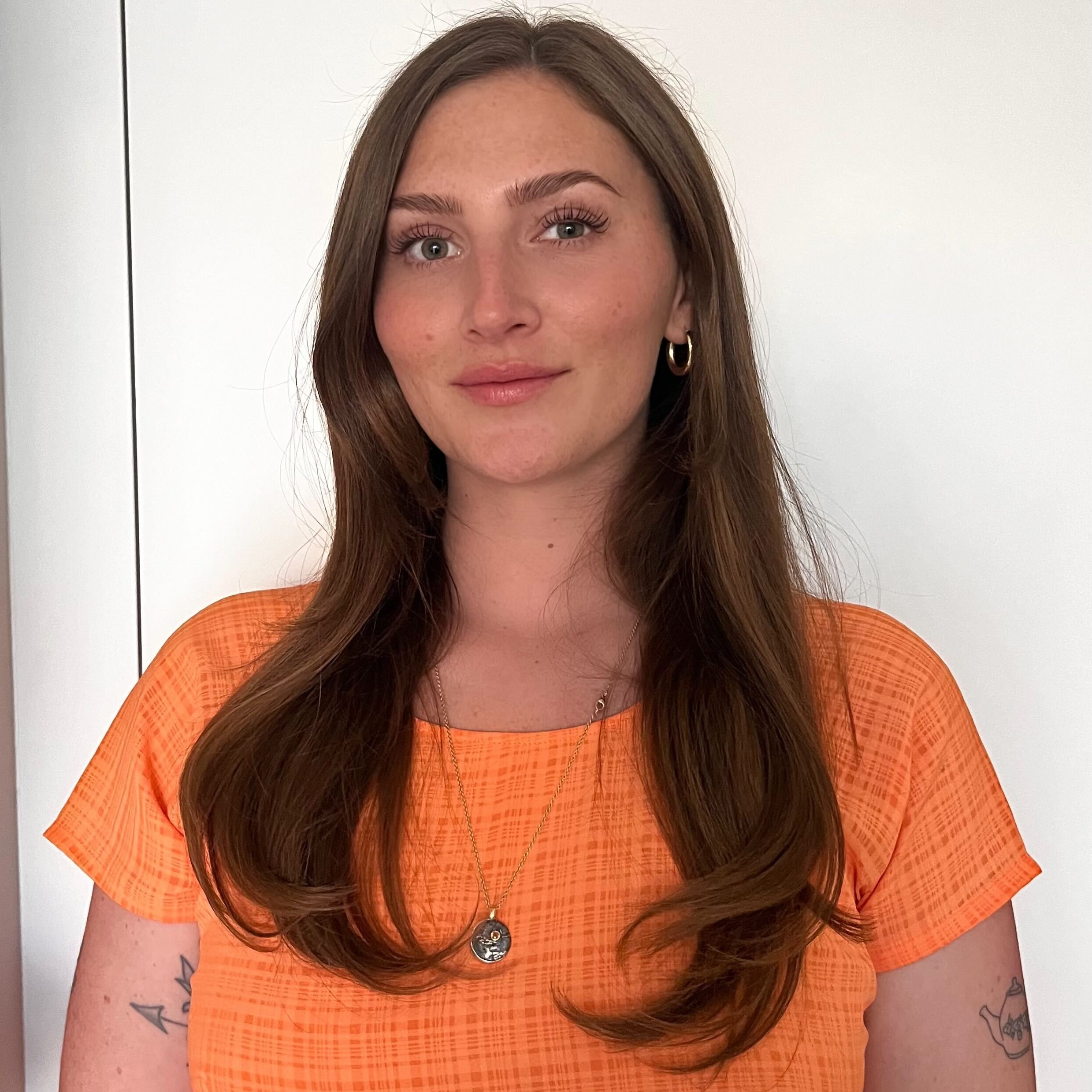‘She’s absolutely everything to me. She’s my future, my hope, my light’: How Labrador retrievers went from catching fish to saving lives
As International Assistance Dog Awareness Week comes to an end, we celebrate the Labrador retriever, one of the most cherished and versatile dog breeds.

Katy Birchall
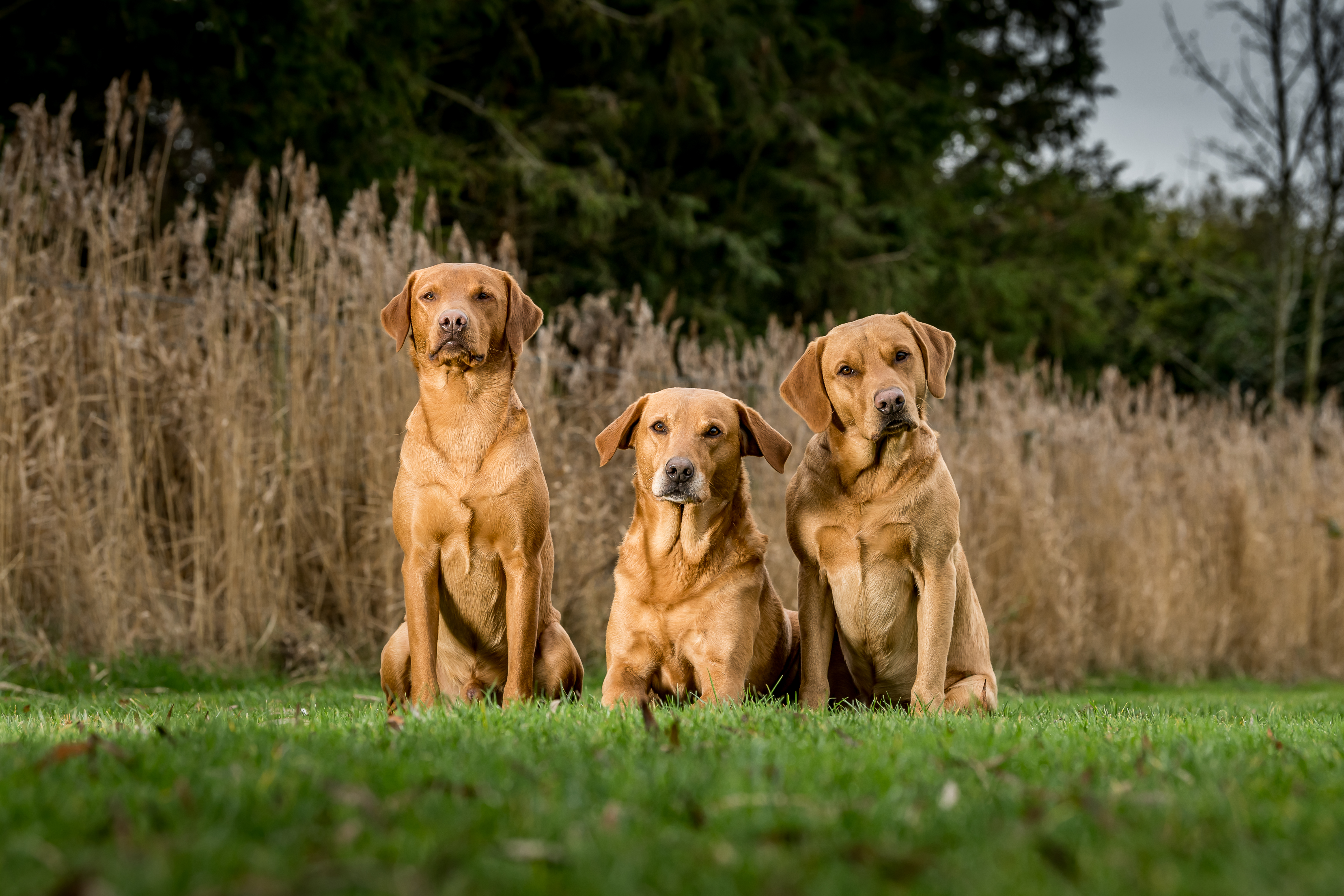
While they are certainly not the only breed working tirelessly as assistance dogs, Labradors make up a significant proportion of them. Choosing just one breed for this feature was especially difficult this week.
Originally hailing from Newfoundland, Canada, Labradors were bred to assist fishermen by retrieving nets and catching fish. Their friendly and gentle nature made them ideal for working closely with humans, and these qualities have carried through to their modern-day roles as guide and assistance dogs and beloved family pets in homes around the country. Whether guiding a person with a visual impairment, alerting to a medical episode, or offering emotional support, Labradors are exceptional partners.
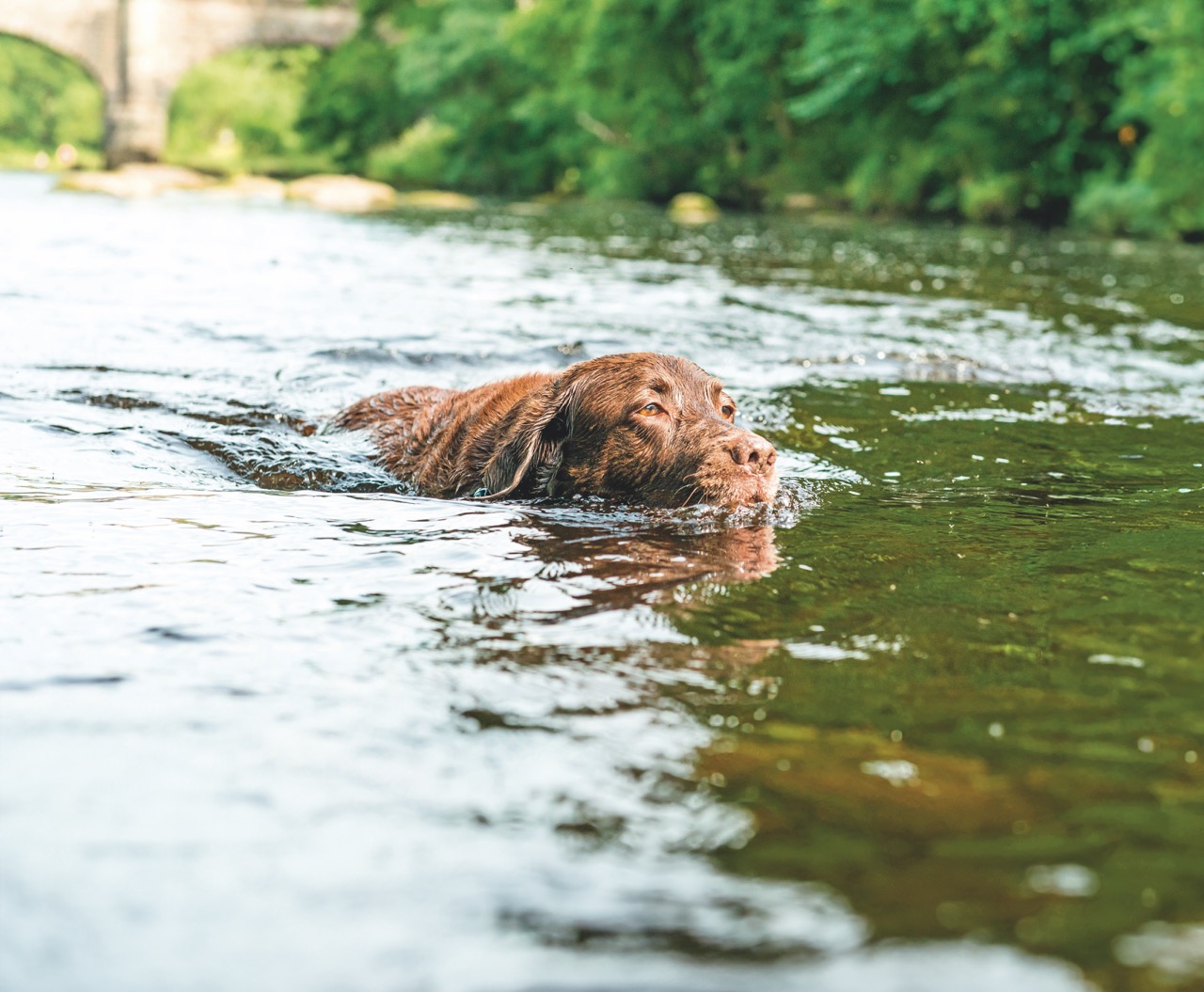
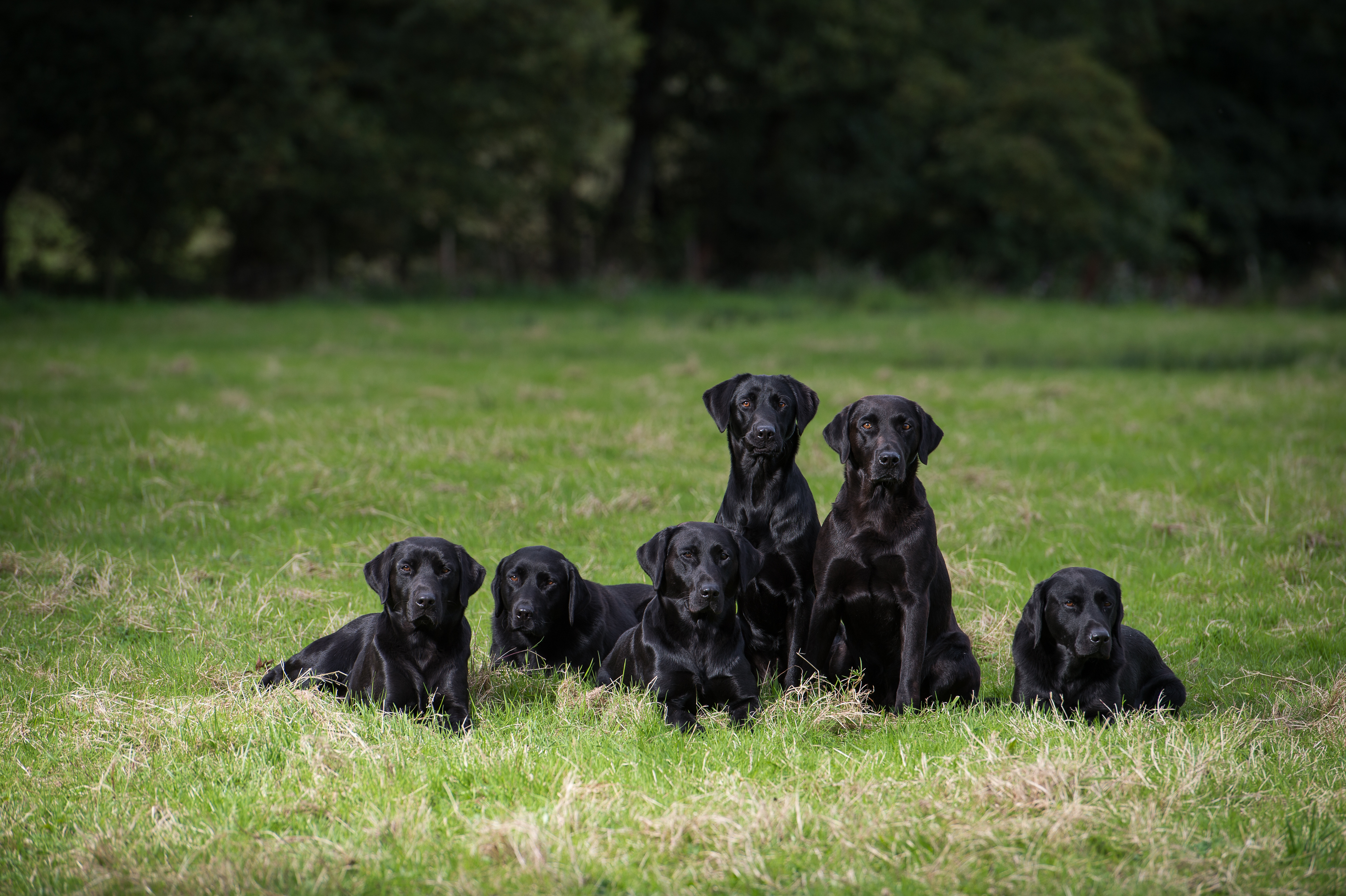
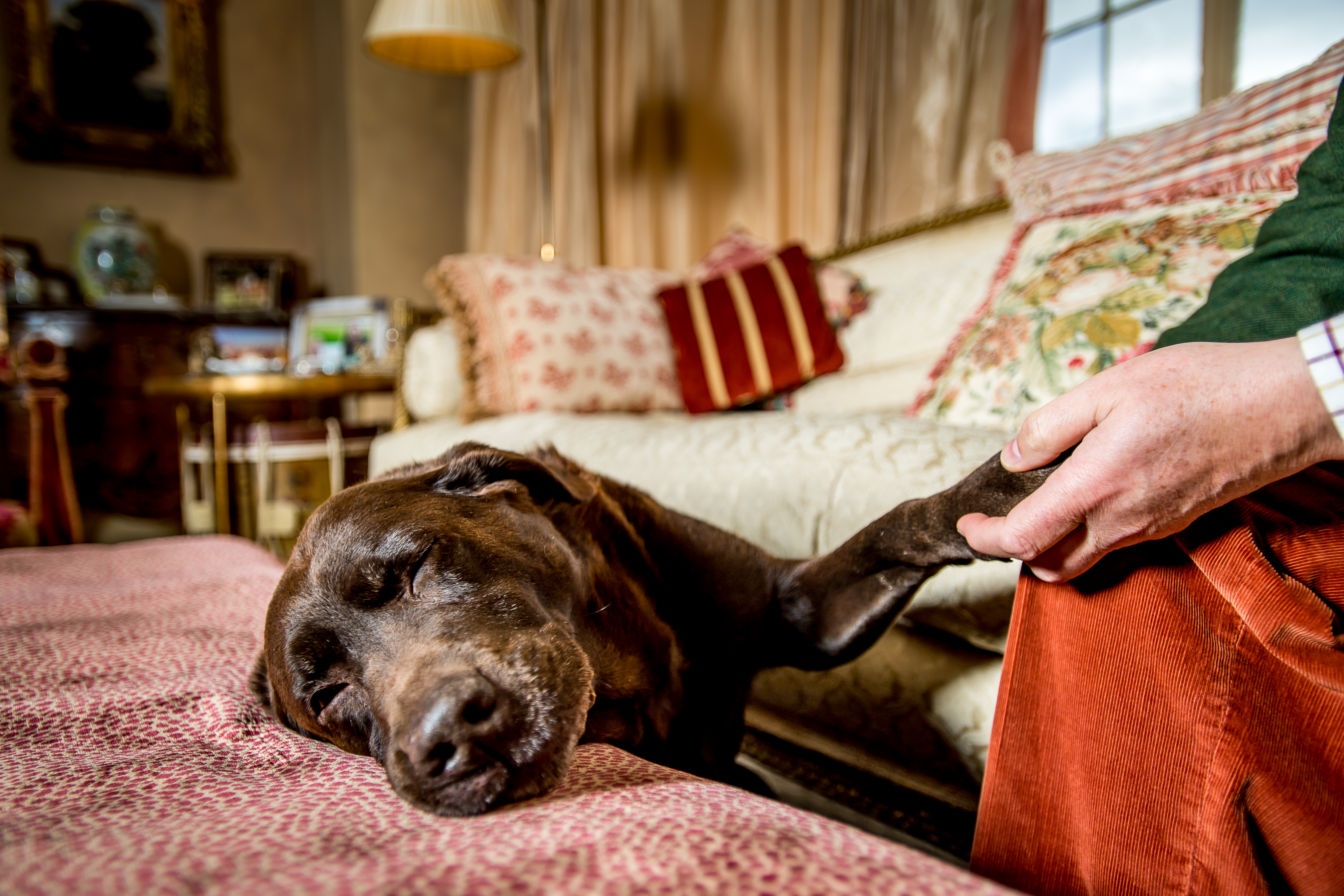
In a feature by Katy Birchall in the May 28 issue of Country Life, Katy focuses on the journey of Miller, a Labrador-golden retriever cross, who was born and raised to become a guide dog. Gemma Eley, Miller’s handler during training, recalls the challenges of teaching Miller not just to guide, but to make judgment calls that could save his owner’s life. ‘Miller was born to guide-dog parents, Honey and Errol,’ Gemma explains, ‘He’s a fast learner, patient, and knows when to make tough decisions – like not following a cue that could lead his handler into danger.’
As Katy reveals, the dogs are bred through a highly selective programme focused on health, genetics, and ensuring their ability to meet the demands of their roles. The work done by the Guide Dogs for the Blind Association is a fascinating blend of technology and tradition, producing dogs that not only serve but also form unbreakable bonds with their handlers.
If you’d like to read more, check out Katy’s full feature here.
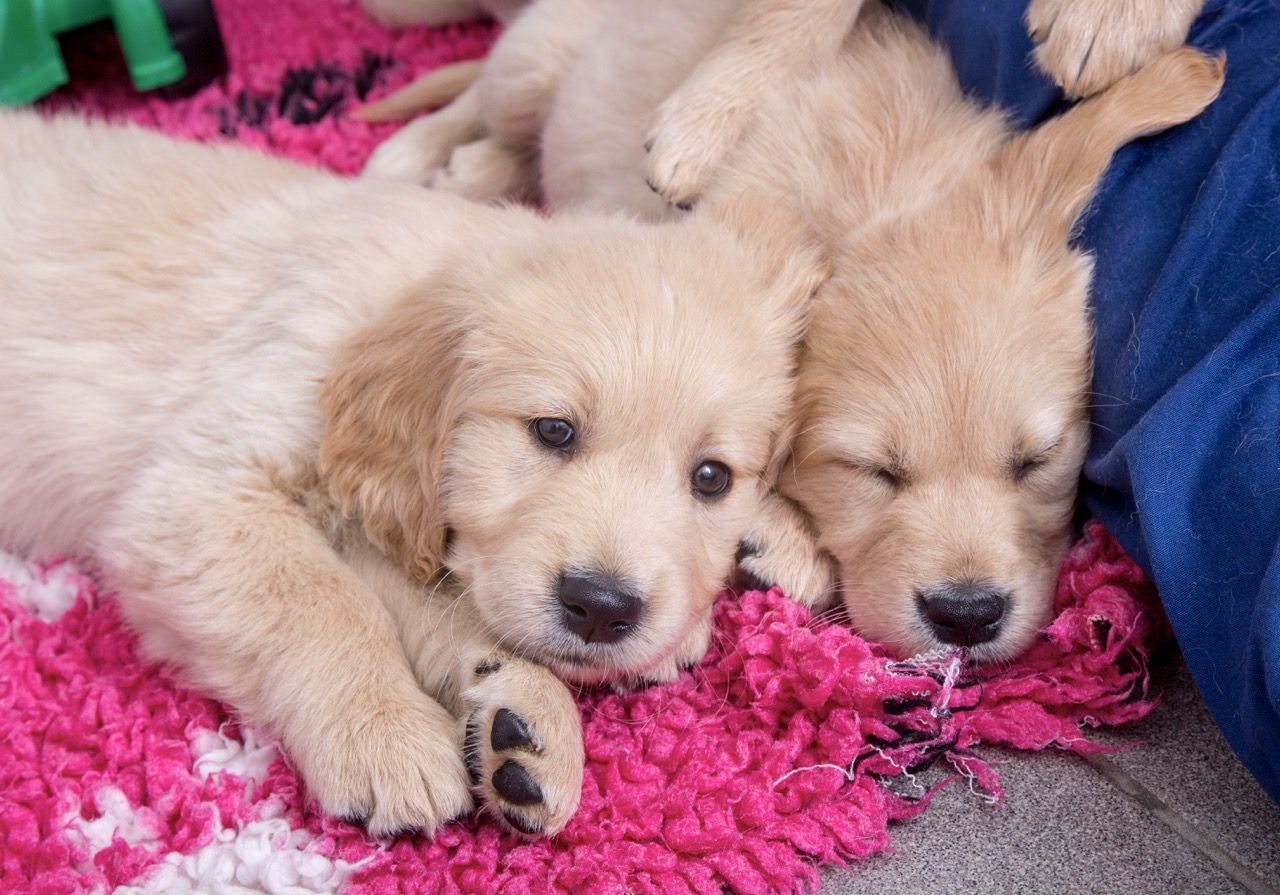
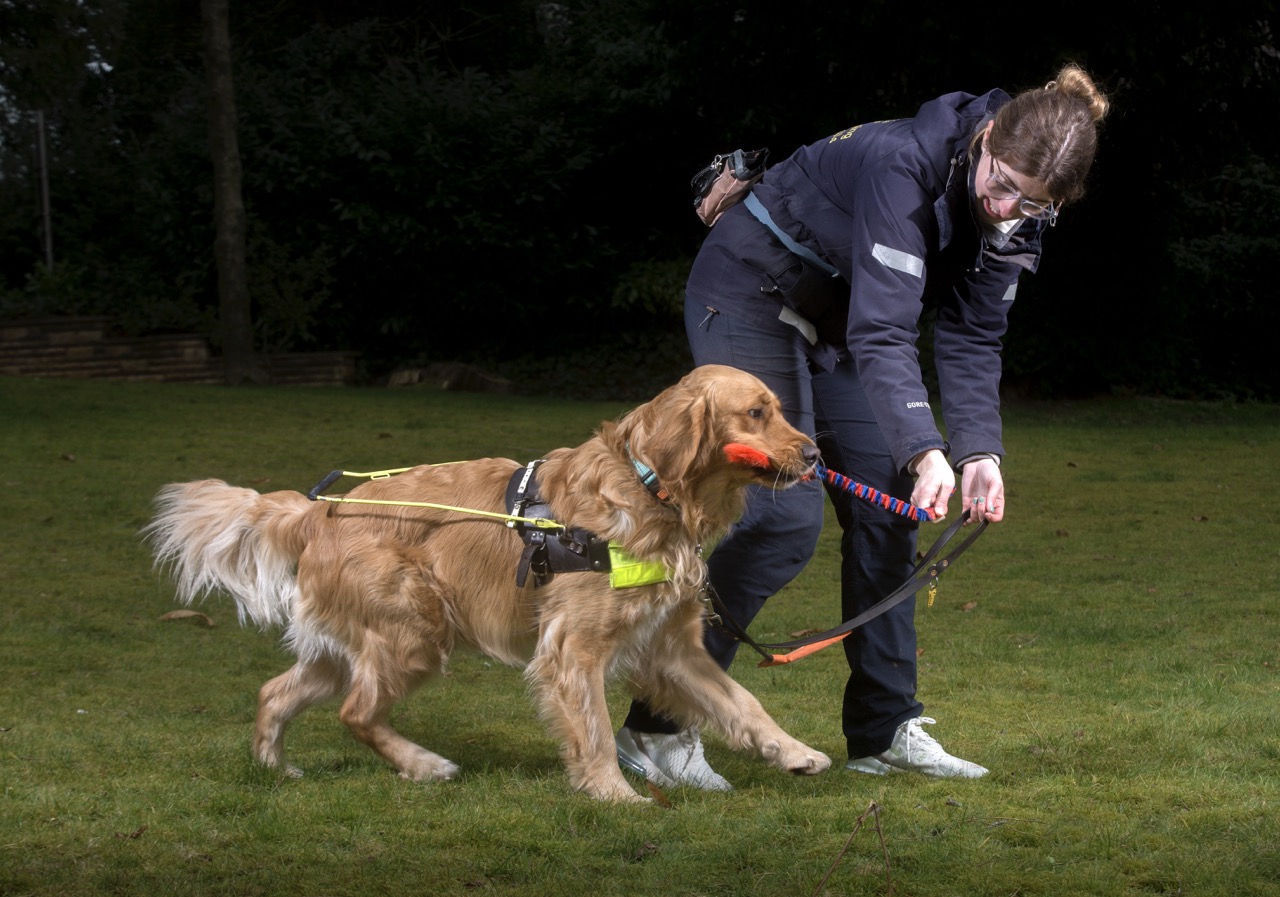
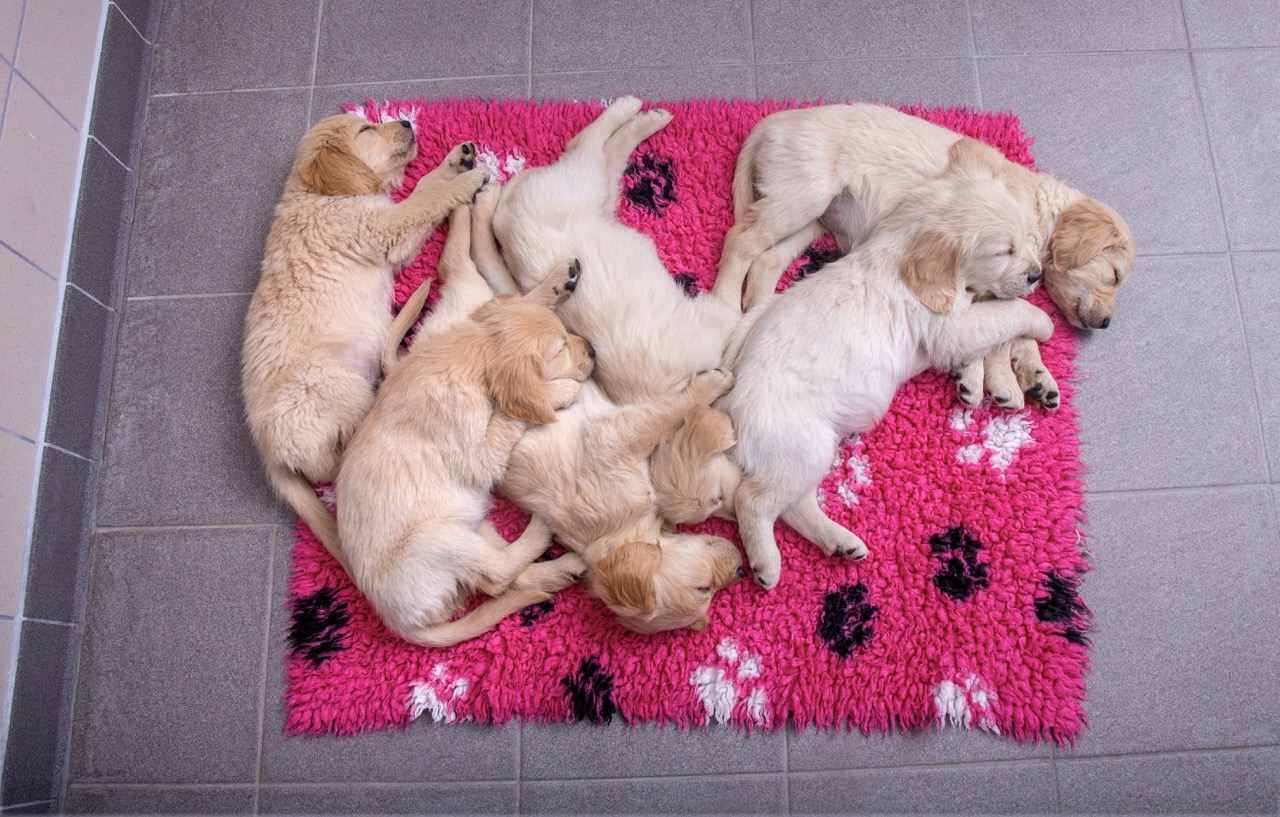
Labradors are equally indispensable as medical detection dogs. I spoke with Gemma Butlin, head of communications and people engagement at Medical Detection Dogs (MDD), about the life-changing work they do. Gemma explained that Labradors are particularly well-suited for this job due to their extraordinary sense of smell, which allows them to detect subtle chemical changes in their handler’s body, such as the onset of seizures or diabetic lows. These dogs not only save lives but also enable clients to return to normal activities like work, travel, and social events.

A team of highly trained medical detection dogs, ready to put their extraordinary noses to work.
Training the dogs is no small feat. It typically takes up to two years to prepare them for their vital work, and it requires the utmost commitment from both the dogs and their handlers.
Exquisite houses, the beauty of Nature, and how to get the most from your life, straight to your inbox.
Gemma introduced me to Laura, a woman whose Labrador, Mae, has saved her from countless medical episodes. ‘It was love at first sight,’ Laura recalled, as she described meeting Mae at 10 weeks old. ‘I literally can't remember what life was like before her. I wouldn't want to.’ Before Mae, Laura spent eight months in hospital trying to get a diagnosis for her condition, Postural Orthostatic Tachycardia Syndrome (POTS), a condition that caused her to pass out unpredictably. ‘I was trialled on so many medications, but nothing worked,’ Laura explained. After discovering MDD, she found hope in Mae, who was trained to alert her to impending medical episodes. ‘Mae alerts me before I'm about to pass out — even before my heart rate starts to increase. It's amazing.’
Laura explained how Mae alerts her by staring intensely when her heart rate increases, and if she misses that cue, Mae jumps up at her in a little 'bunny hop' to get her attention and signal something is wrong. I witnessed this in real time. Mae noticed a change in Laura’s scent, her focused gaze caught Laura’s attention, who immediately sat down, preventing a potential episode. It’s hard to grasp just how profound this moment is until you see it firsthand. In Laura's words, ‘It’s just mind-blowing.’
I asked Laura what she wished people knew about assistance dogs, and she kindly asked people to remember that although they look very cute, they are working — they’re on duty. ‘So, it’s very important to remind people to either ask before stroking them or not stroke them at all,’ Laura said. ‘Any distraction could affect their ability to perform their life-saving tasks.' So if you see an assistance dog wearing a harness, give them space. They are not playing — they are focused on helping their handler, and a simple distraction can have serious consequences.
The bond between Laura and Mae isn’t purely practical — it’s a friendship that enhances every aspect of Laura’s life. ‘She’s absolutely everything to me. She’s my future, my hope, my light. I can't even put it into words.’
Medical Detection Dogs is a small charity doing big things. In addition to training medical alert assistance dogs, they also have a program focused on bio-detection, training dogs to sniff out diseases like cancer, Parkinson’s, and bacterial infections.
A post shared by Country Life Magazine (@countrylifemagazine)
A photo posted by on
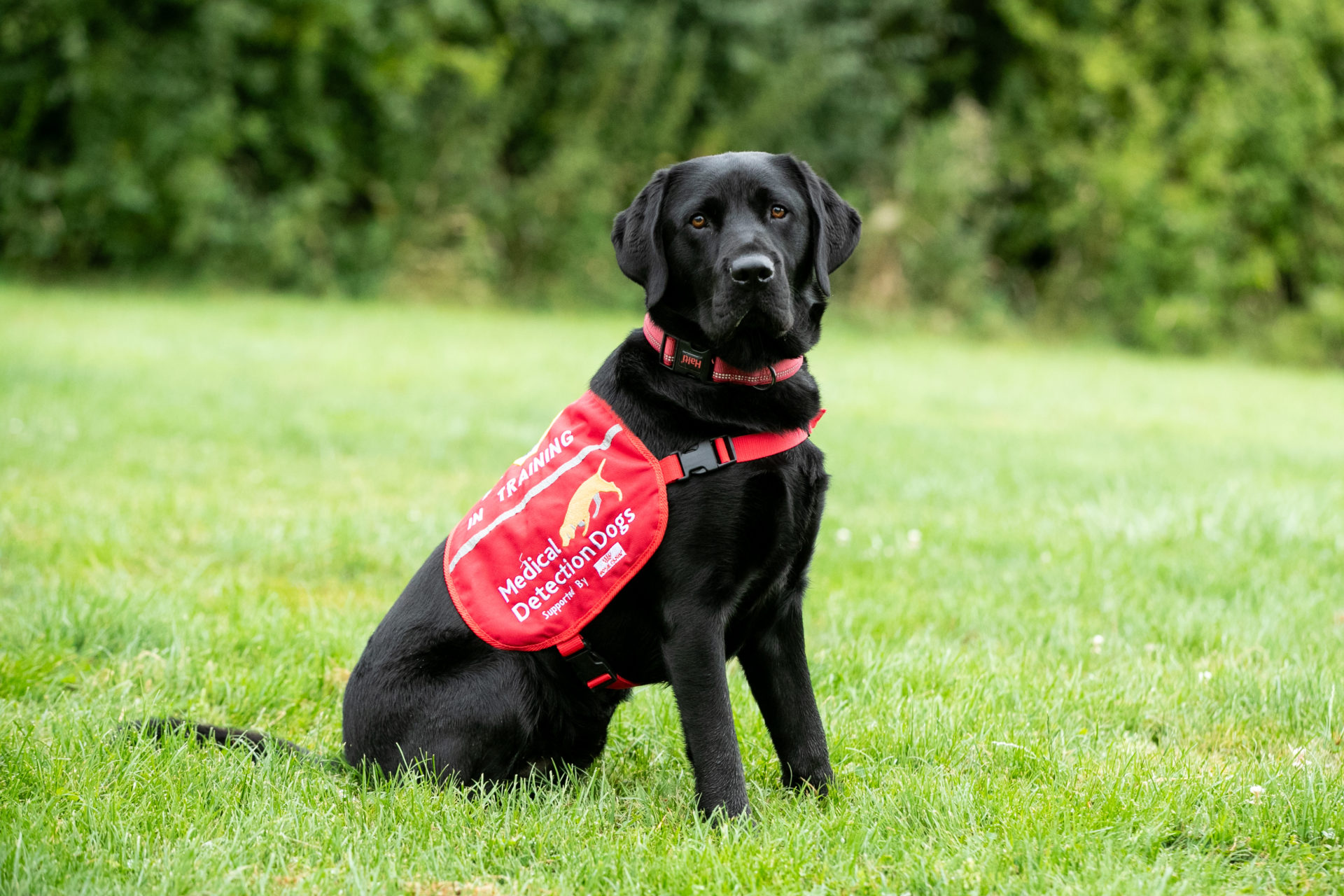
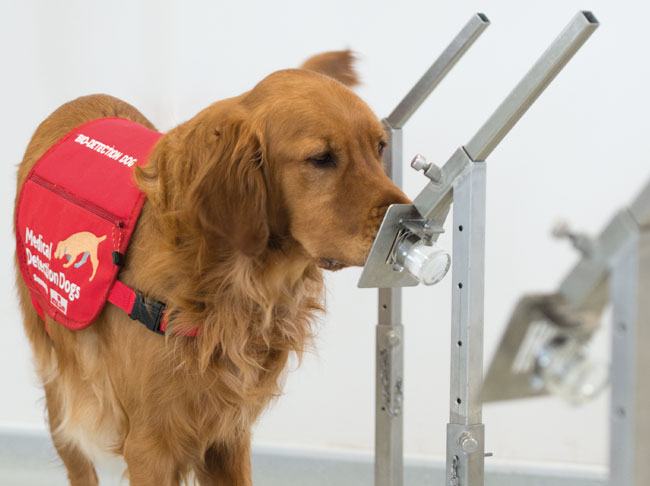
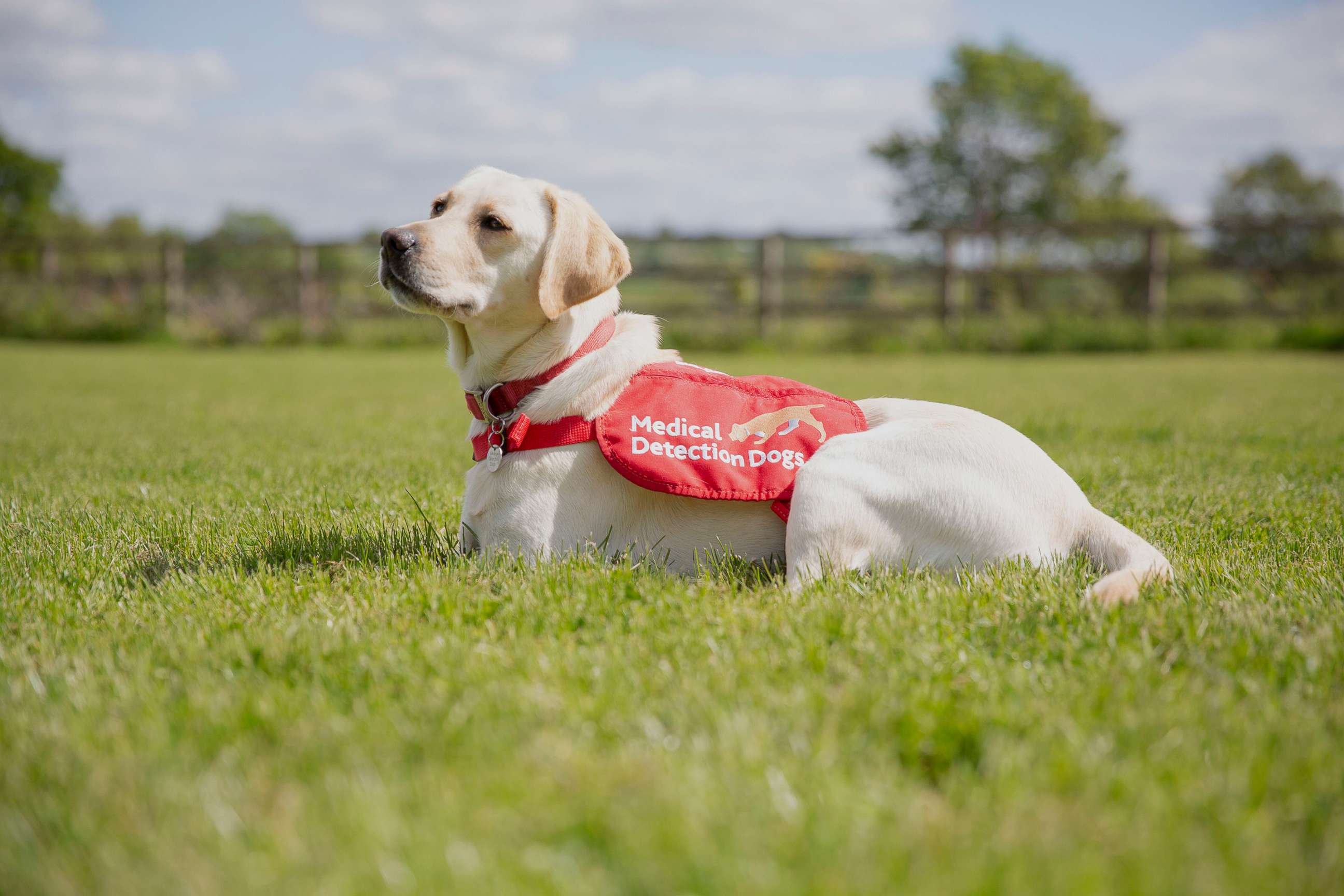
Labrador retrievers are undoubtedly some of the hardest-working dogs out there. They have a natural instinct to help, and whether they’re guiding a blind person, detecting medical conditions, providing therapy, or simply being a loyal family dog, their role in assisting us humans is truly invaluable.
How to get involved
Discover the incredible work of Medical Detection Dogs and the Guide Dogs for the Blind Association. Find out how you can get involved, donate, and support their mission.
Florence is Country Life’s Social Media Editor. Before joining the team in 2025, she led campaigns and created content across a number of industries, working with everyone from musicians and makers to commercial property firms. She studied History of Art at the University of Leeds and is a dachshund devotee and die-hard Dolly Parton fan — bring her up at your own risk unless you’ve got 15 minutes to spare.
